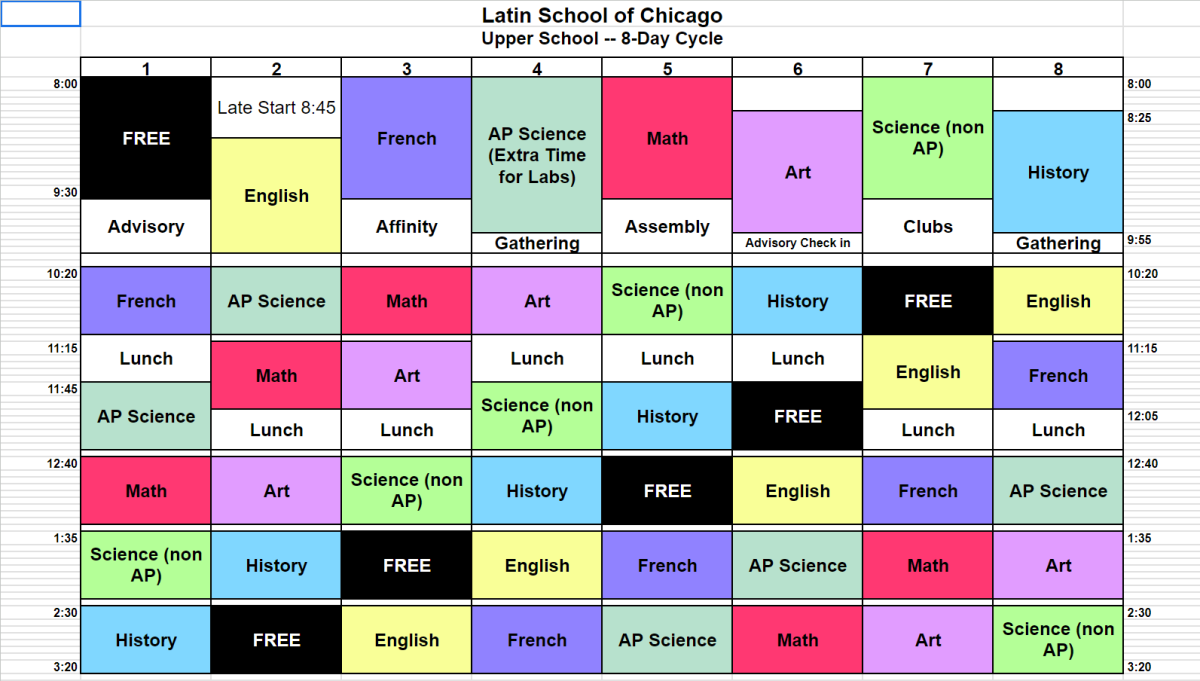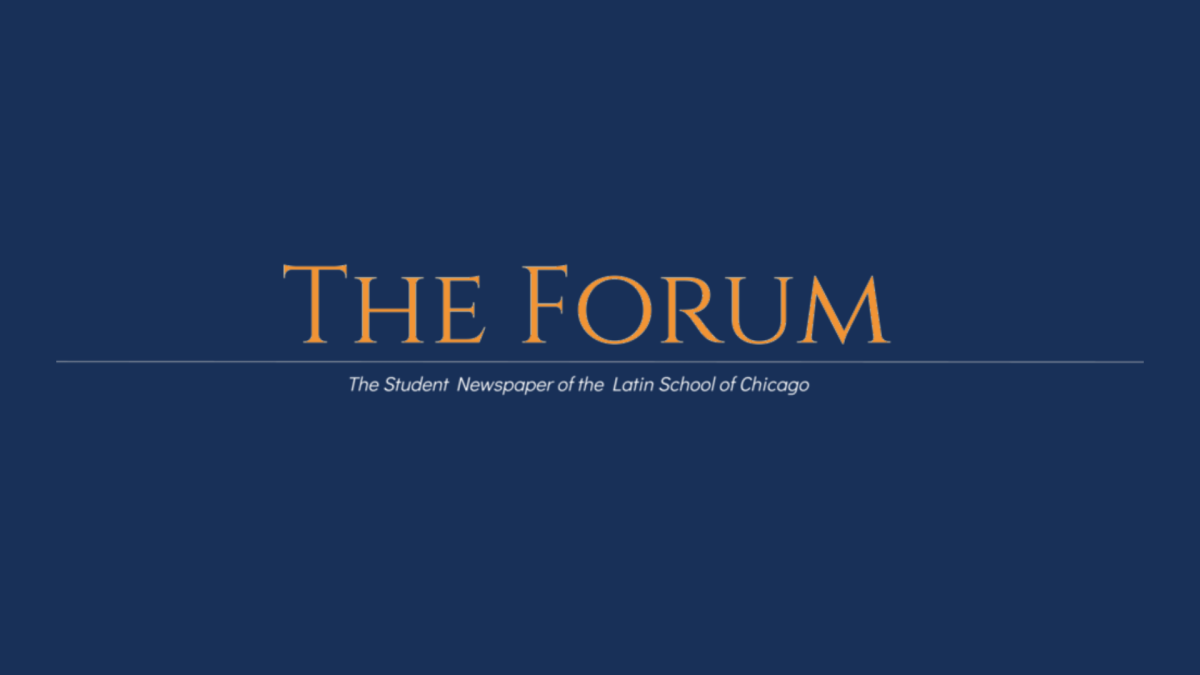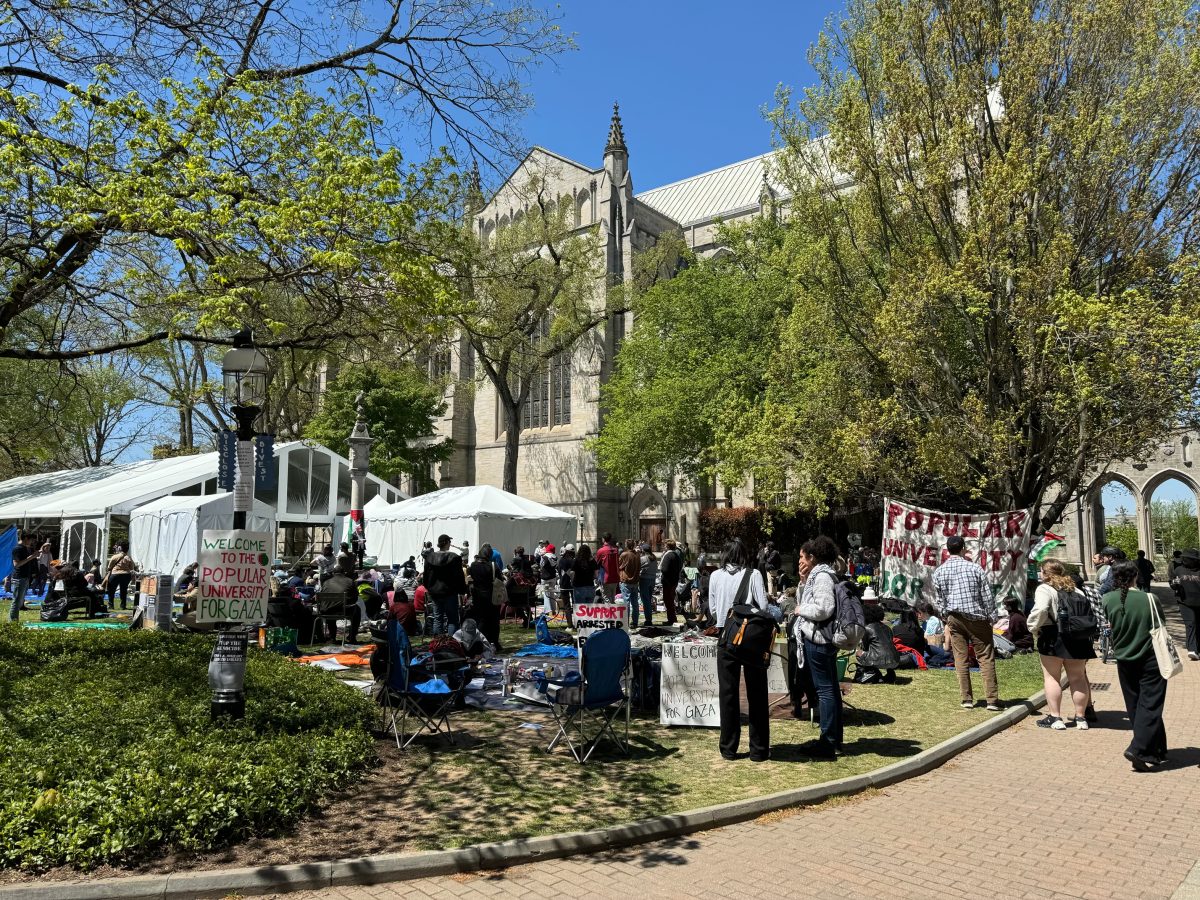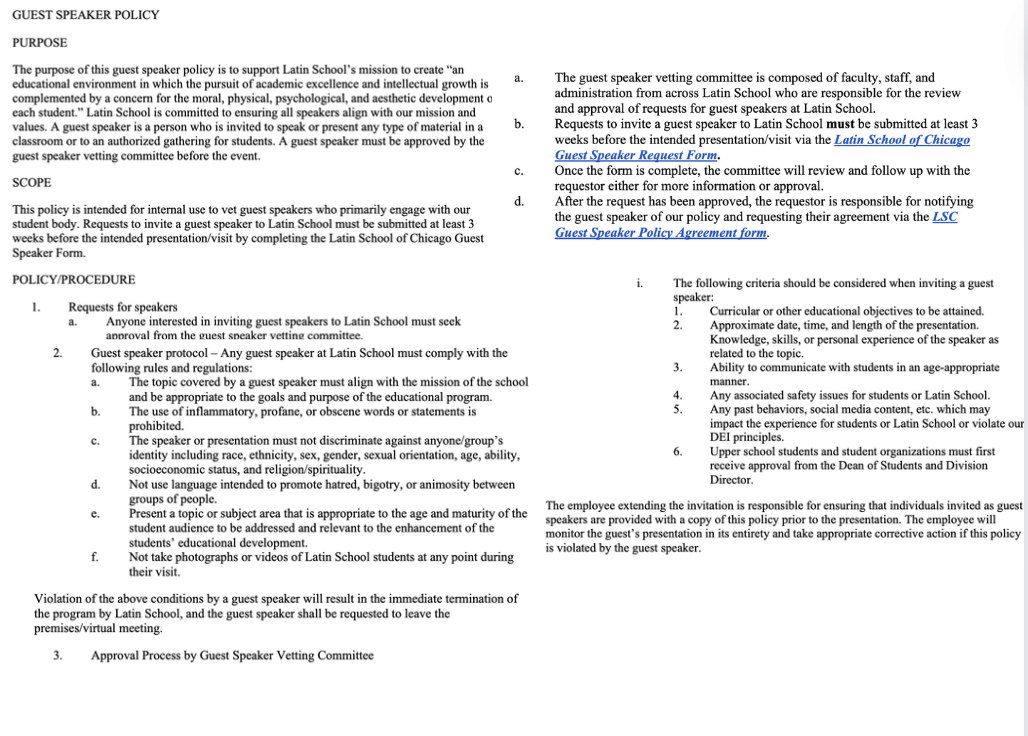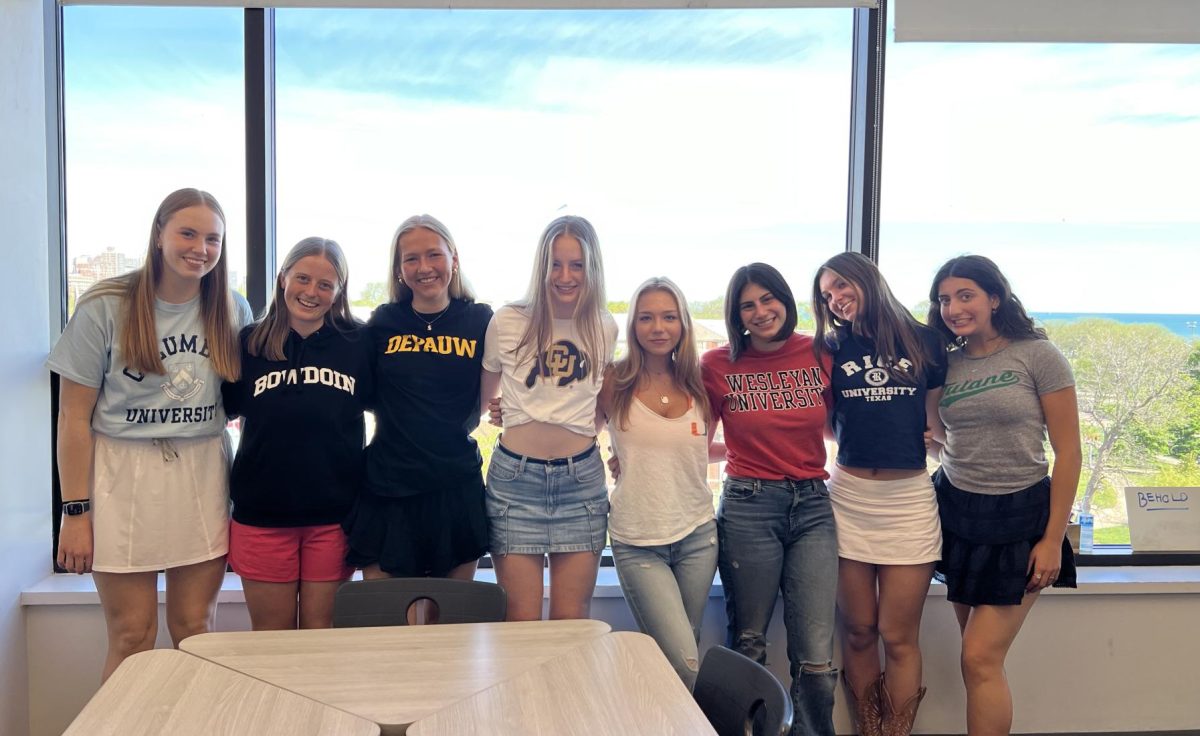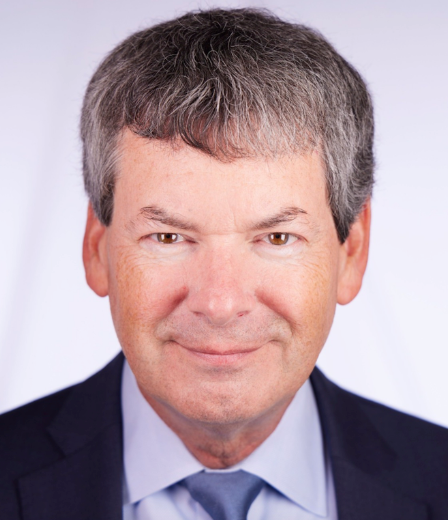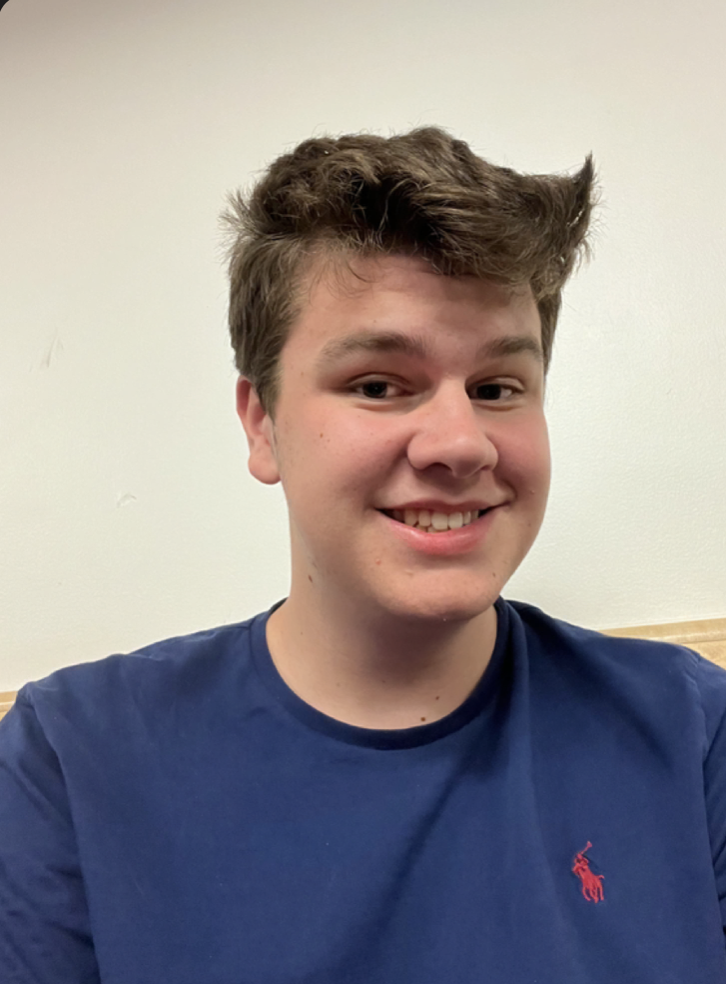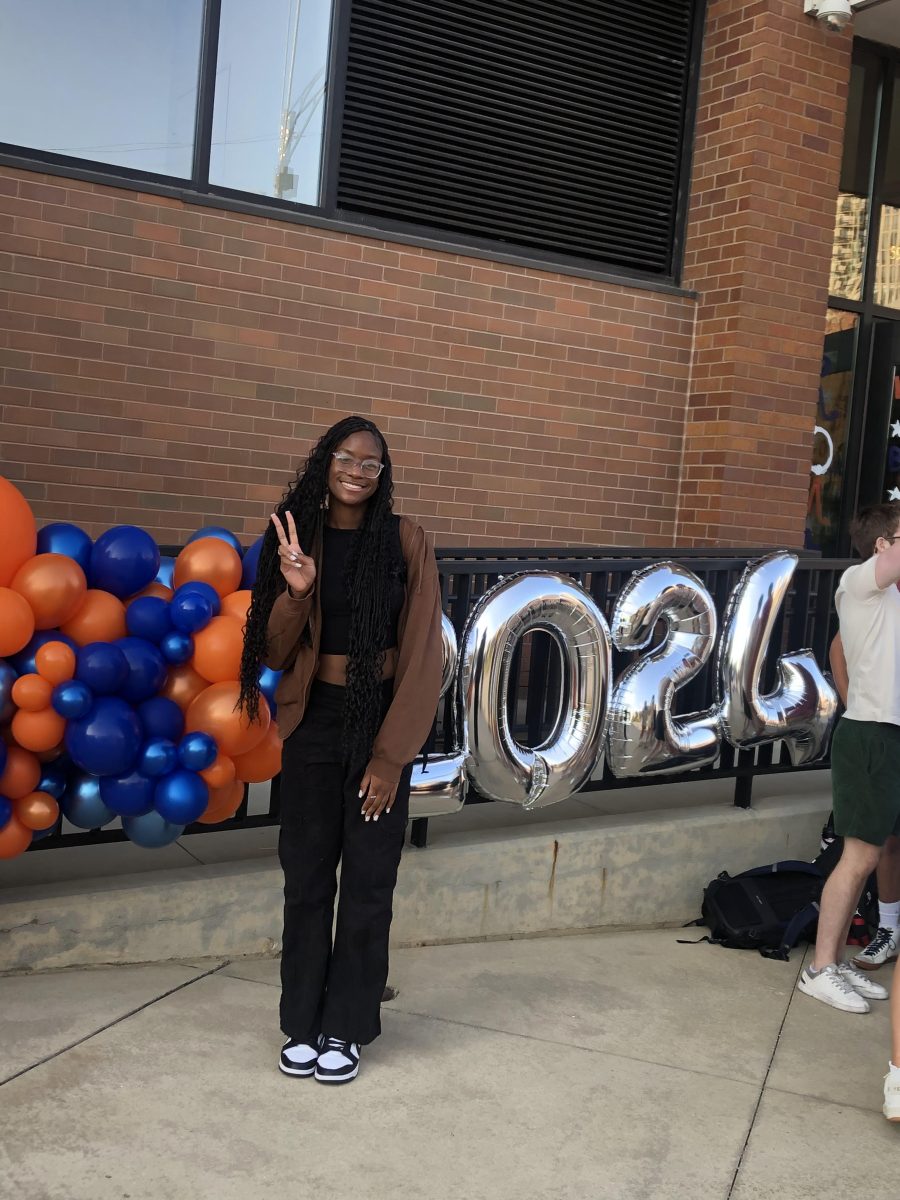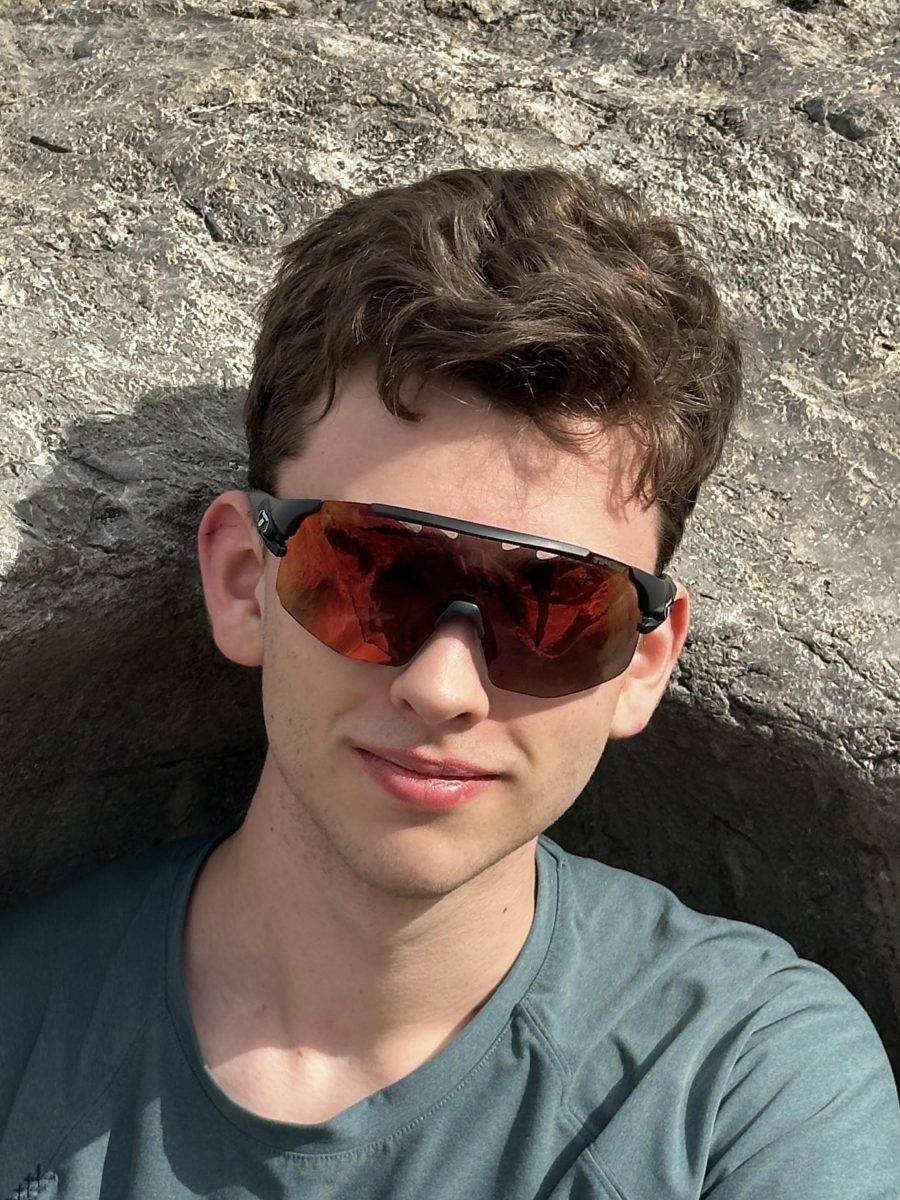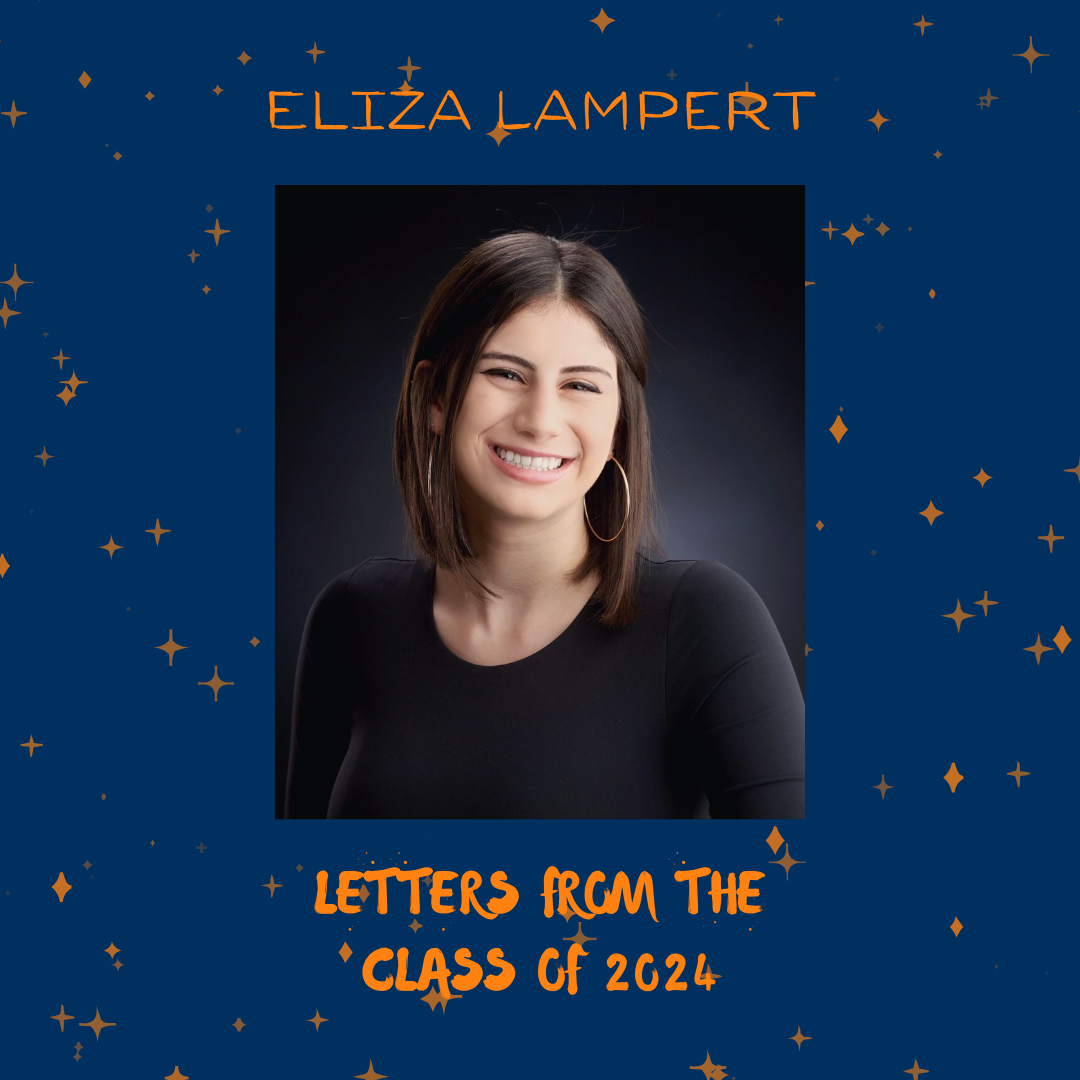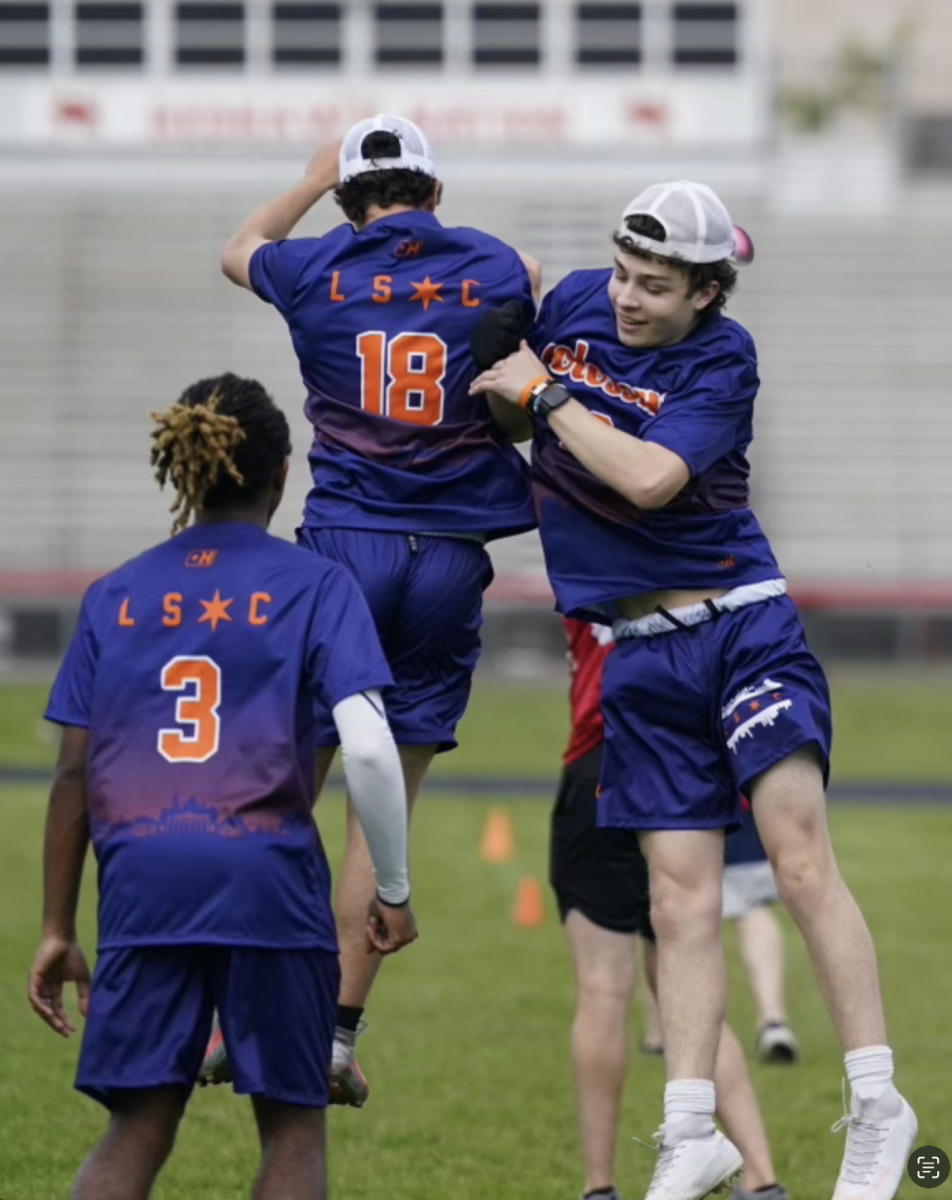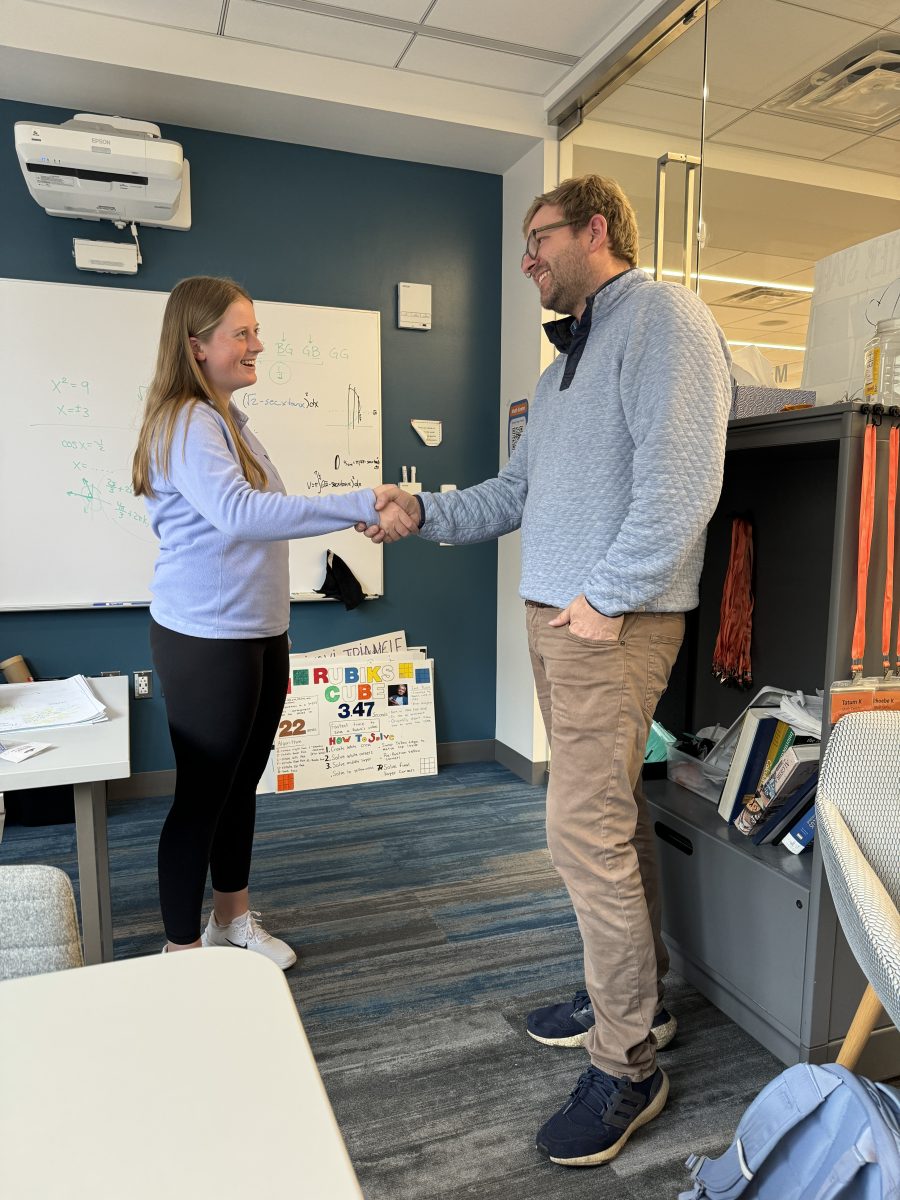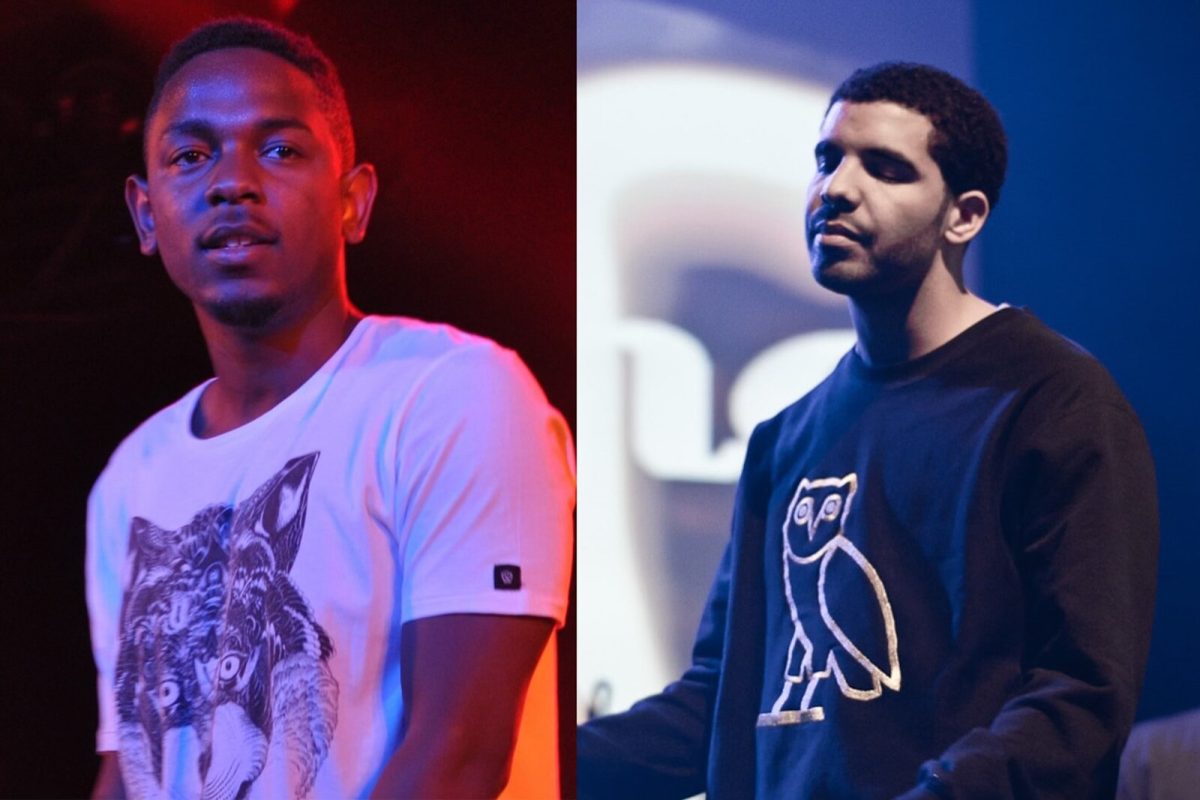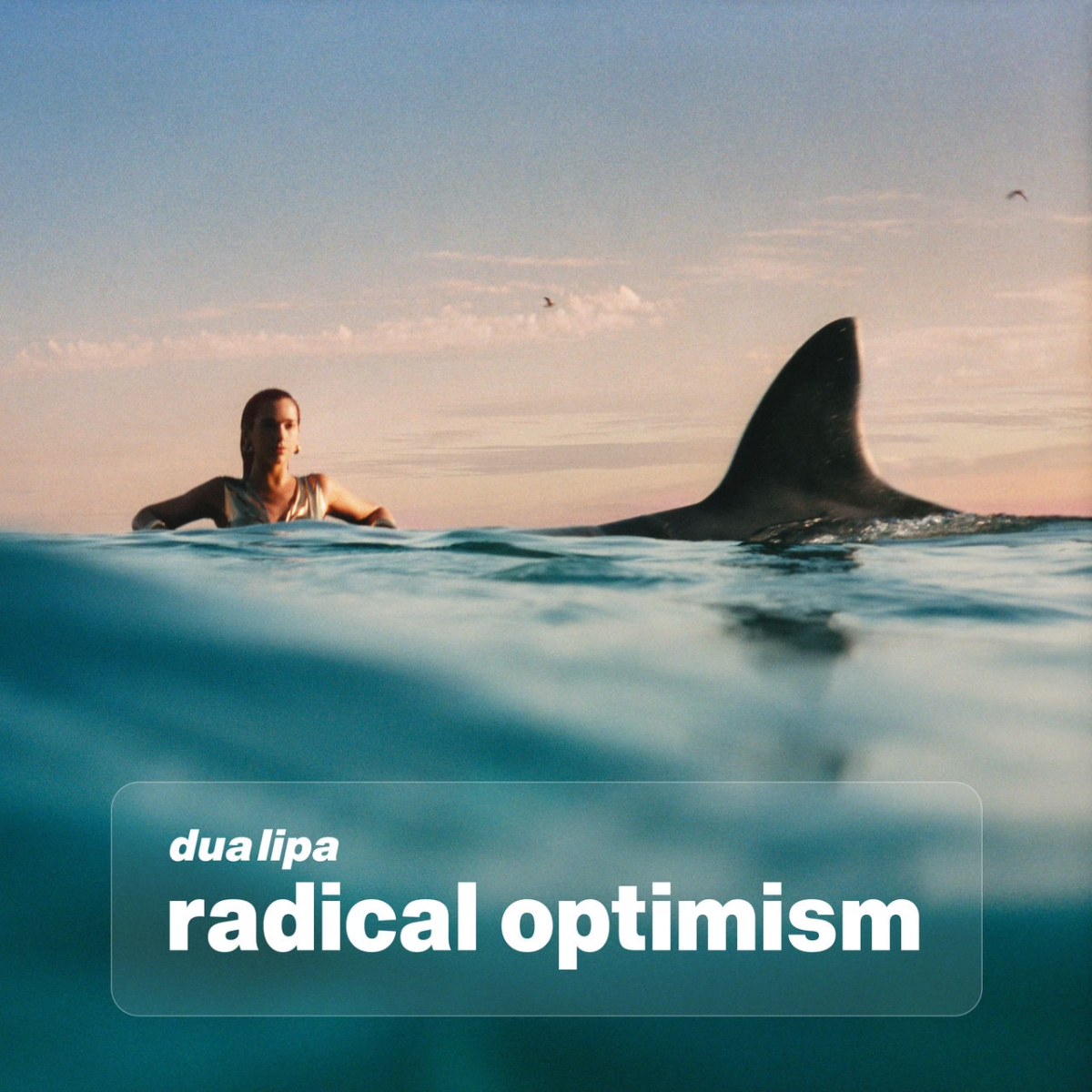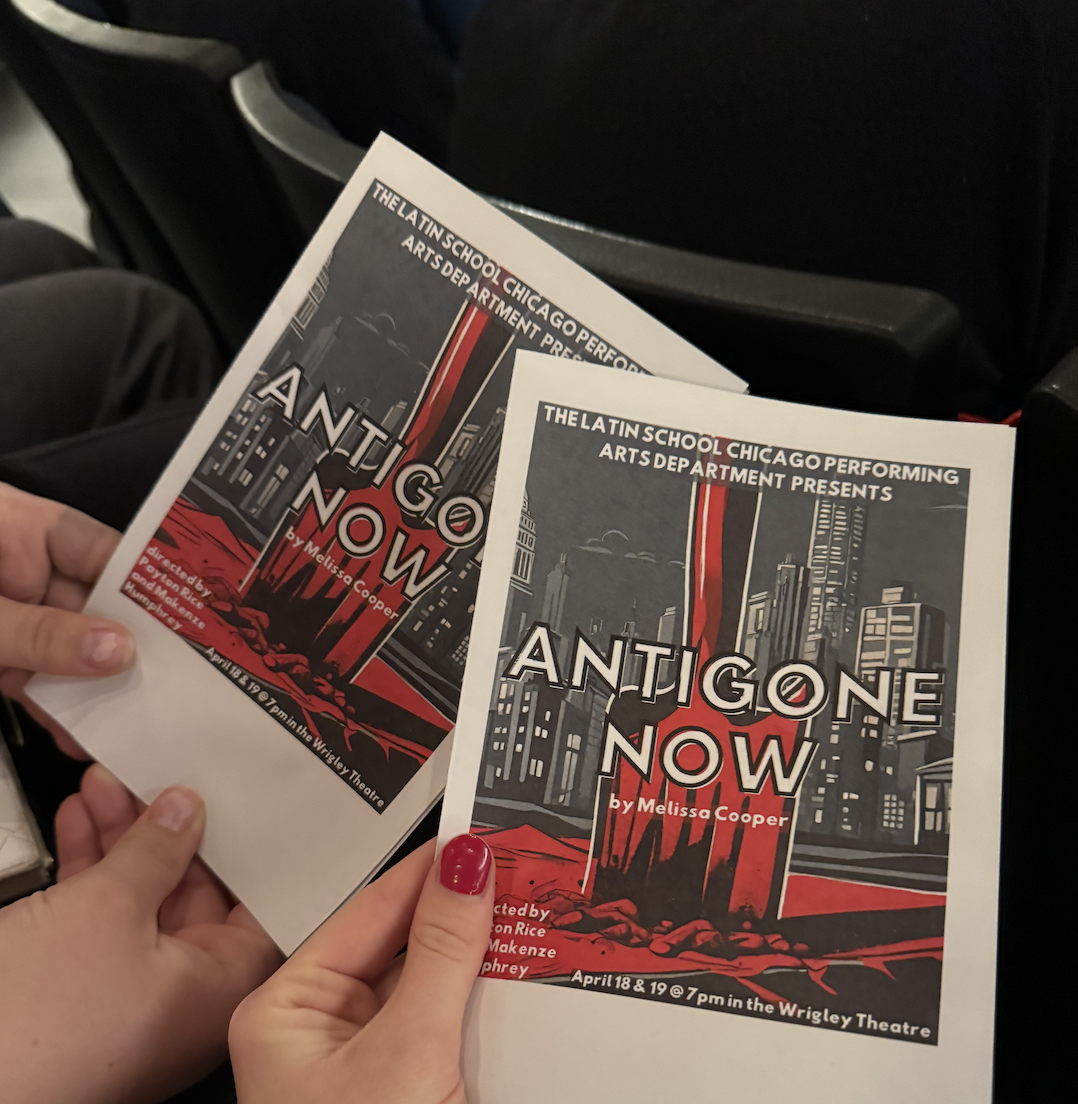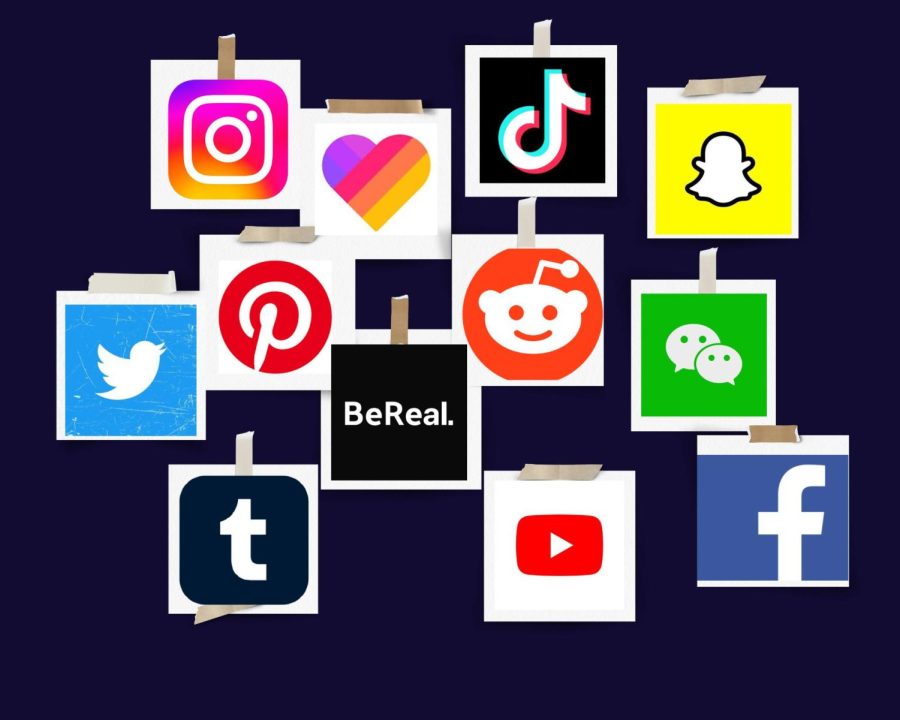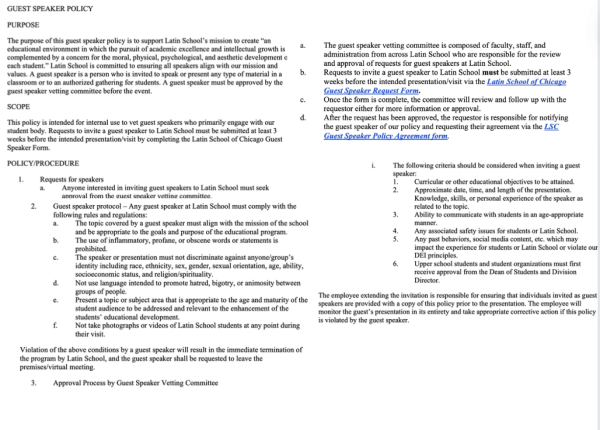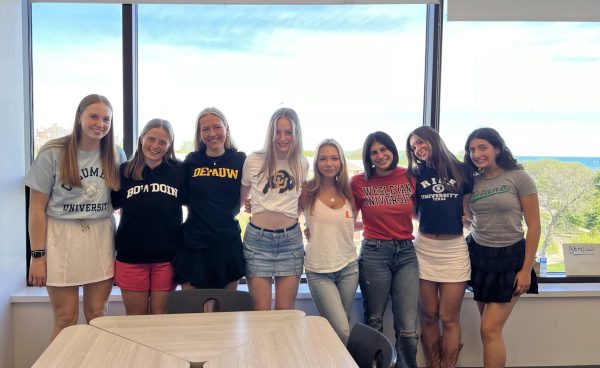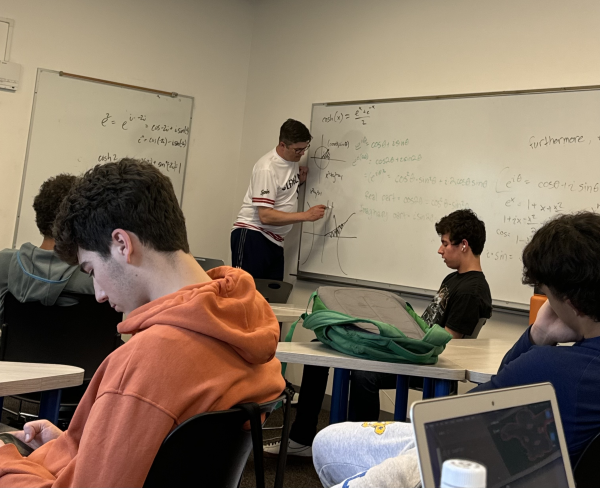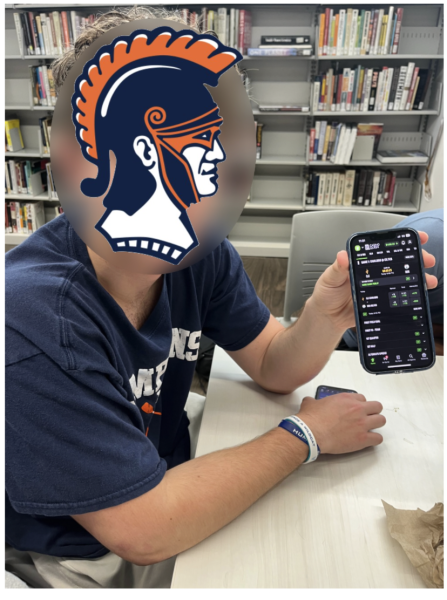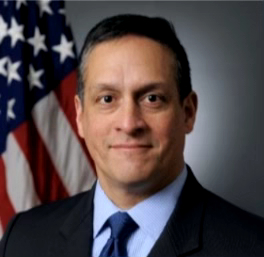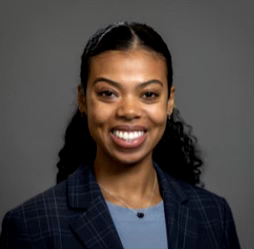Who Can You Trust?—The Negative Side of Social Media
Social media poses threats to students’ mental health, specifically when promoting misinformation.
Picture this: You reach for your phone in search of some relief while the relentless pressures of your day consume every waking thought. Your teacher assigns you another analytical essay; emails ding into your inbox every 10 minutes like clockwork. For the first second all day, you take a breath and open TikTok, attempting to escape from reality with a cute cat video or the latest dance trend. The app loads, and you notice something alarming: A stranger lists off symptoms associated with certain mental disorders.
The 20-second video gives you barely any information, but it’s just enough to make you wonder if you have this same condition. Suddenly, nervousness creeps in, and your scroll through social media backfires. “This sounds exactly like me,” you think to yourself, not realizing you’ve lost sight of reality. The information feels compelling but leaves you unable to differentiate fact from fiction.
Particularly since the pandemic began, many teenagers have fallen victim to this common misdiagnosis phenomenon, using questionable sources on the internet to guide their self-diagnoses. According to a recent Journal of Medical Internet Research study, a growing number of teens have turned to social media apps for mental health support. After reviewing 100 TikTok videos with the hashtag #mentalhealth, the study concluded that nearly half of the videos “reported or expressed symptoms of mental distress” by including triggering subject matter.
These videos—rarely exceeding a minute in length—often promote negative behavior that can threaten one’s physical and mental well-being. TikTok’s algorithm and ability to appeal specifically to each user has made the platform popular among Gen Z audiences, making young adults particularly vulnerable to social media’s aversive side effects.
On TikTok, users, instead of health professionals, drive conversations, and that can perpetuate misinformation. With 60 percent of American users between ages 16-24, TikTok certainly knows how to keep young audiences engaged, but its community guidelines fail to ensure that every post is credible.
“A lot of different influencers and people on social media portray ideas they want and not necessarily what is true,” senior Alena Brandt said. “And that’s something that we’ve kind of learned over time.”
Though Alena absorbs information mindfully, it wasn’t always easy for her. “When I started using social media, I kind of trusted everything I saw, and then, as I realized things were really false, my initial instinct when I see something now has changed,” she said.
In the eyes of freshman James Gorman, social media can sometimes promote harm. “Because anyone online can be anonymous, people can say some really horrible things,” he said. “You have to be very careful.”
James questioned the trustworthiness of users on social media, saying, “Lots of propaganda and false information can be spread around the internet, and many people will believe it.”
According to Jill Walsh, a researcher and lecturer at Boston University, social media can lead to a combination of negative and positive outcomes. “What we take away from social media is a mixed bag,” she said. “We really want to make sure we’re getting information from the right sources. I’d say to be especially careful whenever you see consumerism involved.”
Dr. Walsh elaborated on the importance of fact-checking when looking at infographics or content someone posts. “So often, influencers and companies on social media will promote harmful ideas based on improving their own image. We can’t always tell the desired outcome of these messages ourselves,” she said.
But TikTok isn’t the only app causing potential harm. According to a study from the Royal Society for Public Health, other platforms pose similar concerns and negatively affect stress, sleep, and body image—among other issues. The study associated the greatest risk factors with Instagram and Snapchat. YouTube had the least negative impact overall but still contributed to poor sleep through its addictive nature.
Senior Halley Caplan blames Snapchat as one potential cause of students’ anxieties, noting the lack of privacy users consent to. “I’ve become more anxious over when my friends haven’t responded because of the way Snapchat lets you know everything about what the other person is doing,” she said.
Though Halley believes Snapchat makes it easier to connect with friends, she understands users can’t always trust what they see. “[Social media isn’t] very accurate to reality because people post when they’re having fun or want to share something, and it leaves out the uninteresting parts of life,” Halley said.
Even attempts to create more realistic social media platforms—as seen with the newly released app BeReal—show that users will rarely present themselves truthfully, regardless of whether they’re given the opportunity. Halley said, “Whether it be homework or a job or everyday life stuff, people won’t post about it.”
Through this lack of transparency, social media encourages a comparison culture that becomes especially detrimental in a high school context. According to new research from the American Psychological Association, using social media on a frequent basis causes people to develop envy toward others. Thoughts of jealousy can easily transpire if users constantly pit themselves against other people.
A study from the Centre for Addiction and Mental Health suggests that teens who use social media for the highest times each day also experience the most psychological distress and suicidal ideation. On the other hand, teens who use social media for one hour a day or less consistently report greater mental health overall than those who use social media a lot.
Halley thinks that anyone—regardless of how often they use social media—can inadvertently play a comparison game. “[Comparing myself to others] is pretty easy because people, whether celebrities or friends, usually only post pictures of themselves at their best,” she said.
As a high school student, Halley often bases her success on what other users post. “If someone is promoting a business they started on social media,” she said, “I compare myself to that in a way, like I’m not doing enough things as a high schooler and should be starting a business, too.”
But digital resources can yield numerous positive outcomes as well.
For teens feeling isolated, social media can connect them with supportive communities and tools to heal. Research from Harvard University found that routine social media “may compensate for diminishing face-to-face social interactions in people’s busy lives,” improving some relationships.
Dr. Walsh alluded to the unity that social media provides, saying, “If we see someone talking about OCD and sharing their personal experiences, we’re exposed to their perspective and begin to understand what they’ve gone through. That can be powerful in bringing people together.”
Engaging online can also help users find acceptance and validation among new groups of people. “The great thing about social media is that it takes away stigma when we have these important conversations about mental health,” Dr. Walsh said. “I speak to some kids, too, who use social media as ways to socialize because they have fewer connections at school.”
In a recent study from the National Association of Independent Schools, 68 percent of teens surveyed said that social media positively contributed to their social lives through keeping friendships intact under difficult circumstances. Communication can easily continue after the school day ends, fostering a virtual sense of togetherness, which proved especially useful during COVID.
Similarly, even when physically distanced from other people, James uses online platforms to stay in touch. “You can communicate with your family and friends whenever you want,” he said. “This can lead to many great memories.”
Though Alena has reaped the communication benefits of social media, she believes people must navigate the internet with a critical eye. “I’m just very wary of what I see,” she said.
A study from the American Psychological Association suggests that using social media can make in-person interactions more meaningful, especially among high school students. Conversely, teens experienced a significant decline in their mental health when they used social media excessively or when they came across negative content.
To avoid misinformation, Alena relies on several strategies to ensure she’s receiving accurate news. “If I see a headline or something interesting, usually I’ll go to a different source to kind of check if that’s true or not,” she said. “My initial instinct when I see something now has changed into, ‘Oh, is that right or wrong?’”
While Alena worries about the toll social media continues to take on students, she believes it’s possible to overcome these challenges. Mitigating the spread of misinformation, though, requires a collective effort that starts with each user recognizing the truth. Alena said, “I feel that over time and as a society, we’ll recognize that social media really lies to us.”
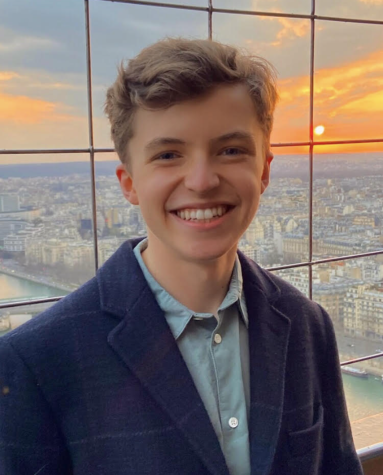
Will Baiers (’23) is a senior at Latin and could not be more excited to serve as a Features Editor. Will has a passion for spotlighting current events...



